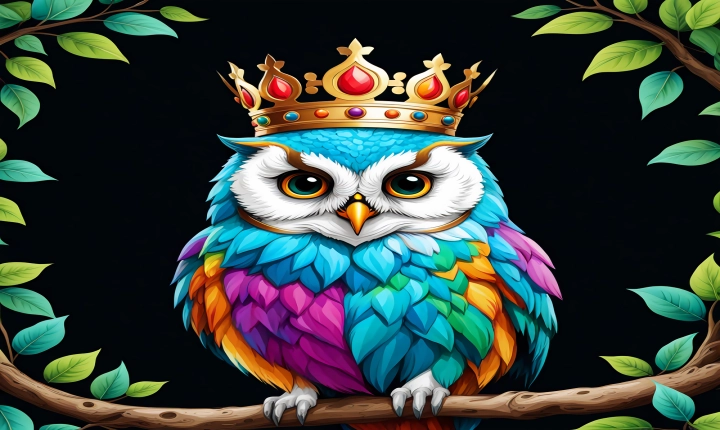Title: Building Your Own Custom ChatGPT Bot
Chatbots have emerged as powerful tools for businesses and individuals to engage with their audience, provide customer support, and automate various tasks. With the advancement of AI technology, building a custom chatbot that can understand and respond to natural language has become increasingly accessible. In this article, we will explore how you can build your own custom chatbot using OpenAI’s GPT-3 and create a unique conversational experience tailored to your specific needs.
Step 1: Define Your Use Case
Before embarking on building a custom chatbot, it’s essential to clearly define the purpose and use case for your bot. Are you creating a chatbot to provide customer support, offer personalized recommendations, or facilitate conversations on a specific topic? Understanding your use case will help shape the design and capabilities of your chatbot.
Step 2: Access the GPT-3 API
OpenAI’s GPT-3 is a state-of-the-art language model that can generate human-like text based on the input provided to it. To utilize GPT-3 for your custom chatbot, you’ll need to gain access to the GPT-3 API. OpenAI offers access to the API through a subscription-based model, and once you have obtained access, you can begin integrating GPT-3 into your chatbot application.
Step 3: Design the Conversation Flow
Creating a smooth and engaging conversation flow is crucial for a successful chatbot. Consider the different user inputs and map out how the chatbot should respond in various scenarios. You can anticipate common questions, create predefined responses, and identify key decision points where the chatbot may need to seek additional information or provide specific recommendations.
Step 4: Develop the Backend Infrastructure
Building the backend infrastructure for your chatbot involves integrating the GPT-3 API, handling user inputs and outputs, and managing the conversation flow. You can use programming languages such as Python, Node.js, or Ruby to develop the backend logic of your chatbot. Additionally, you may choose to store conversation history, user preferences, and other relevant data to personalize the chatbot experience.
Step 5: Implement Natural Language Processing
To ensure that your chatbot can understand and generate human-like responses, you will need to incorporate natural language processing (NLP) techniques. NLP enables the chatbot to interpret user queries, extract key information, and generate contextually relevant responses. Leveraging NLP libraries and tools, such as spaCy, NLTK, or Hugging Face’s transformers, can enhance the language understanding capabilities of your chatbot.
Step 6: Test and Refine Your Chatbot
Once you have built the initial version of your custom chatbot, it’s important to test and refine its performance. Engage with real users, gather feedback, and evaluate the chatbot’s ability to understand and respond to a wide range of inputs. Iteratively refine the conversation flow, improve the accuracy of responses, and address any potential issues identified during testing.
Step 7: Deploy and Maintain Your Chatbot
After thorough testing and refinement, you can deploy your custom chatbot to engage with users on your desired platform, such as a website, messaging app, or social media. As your chatbot interacts with users, continue to monitor its performance, collect usage data, and make ongoing improvements to enhance the conversational experience.
In conclusion, building a custom chatbot using GPT-3 can enable you to create a tailored conversational experience that aligns with your specific use case and audience needs. By leveraging the power of AI and natural language processing, you can develop a sophisticated chatbot that engages users, automates tasks, and delivers value in various domains. With careful planning, development, and refinement, you can craft a custom chatbot that enhances user engagement and facilitates seamless interactions.
